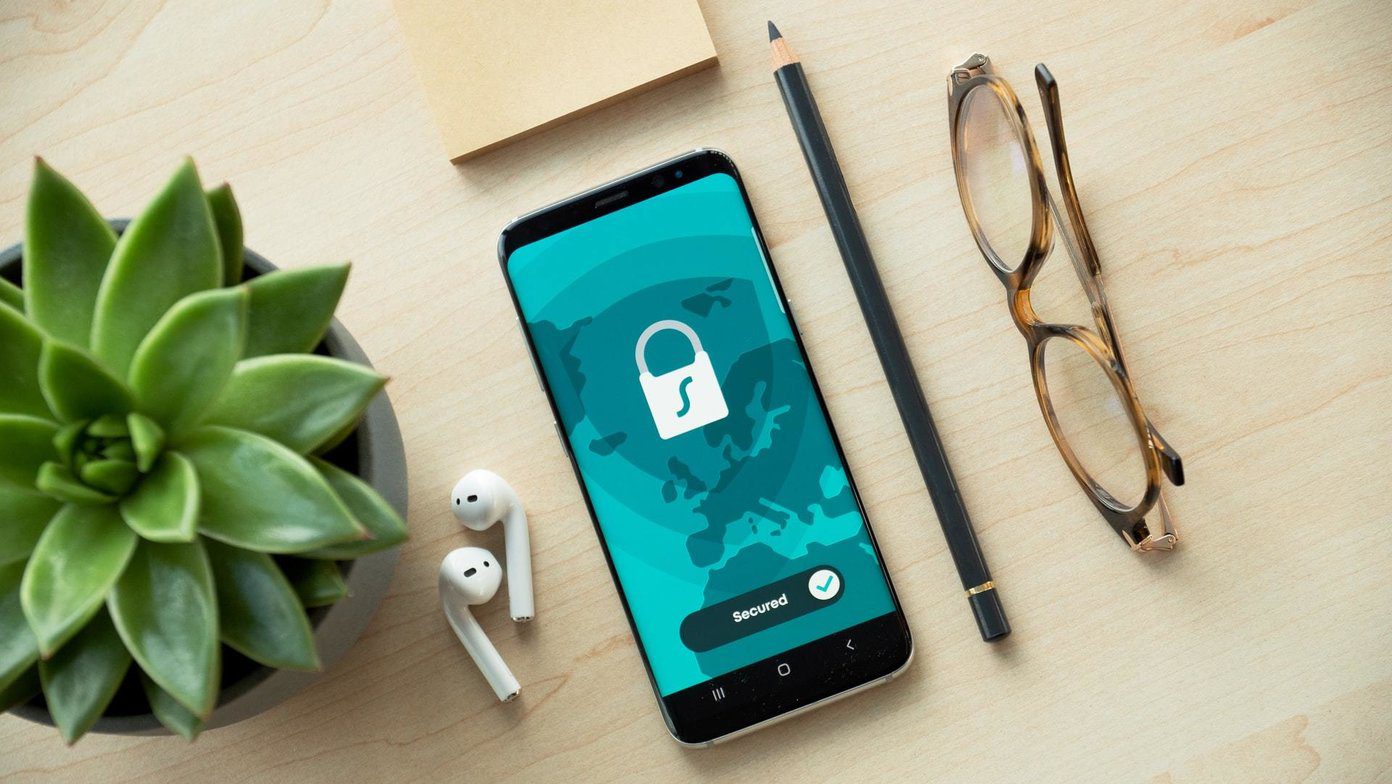By default, both Apple and Microsoft give the least amount of storage. The case is worse in Apple’s scenario as the company uses the 5 GB storage to backup iPhone apps, Settings, and files. All these options are switched on by default. And it’s very likely that you might fill-up space quicker than you anticipated. As a new user, you might get irritated by constant iCloud storage full prompts. Besides, there are a couple of reasons to avoid using iCloud in favor of rivals. The first reason is iCloud’s unavailability on Android, and the competition such as OneDrive and Google Drive offer more bang for the buck with advanced functions. In this post, we are going to talk about the multiple ways to remove iCloud storage from both iOS and macOS, so that you don’t have to pay for additional iCloud storage and avoid those annoying pop-ups.
1. Turn off iCloud Photo Backup
By default, the iOS and macOS take a backup of all the photos and videos to the iCloud platform. That takes up some space in your assigned storage. To stop that from syncing, go to Settings > User Profile > iCloud > Photos and toggle off the backup option. It will halt the uploading future photos, but what if you want to delete the uploaded photos too. For that, go to iCloud > Manage storage. Here, you will see a detailed breakdown of the storage. Click on the photos menu and choose to disable & delete option.
2. Delete Apps Backup
You may not know, but third-party apps on iOS use iCloud as the preferred backup solution. And they do take a significant piece of the pie too. You will be surprised to see just how much storage these apps occupy on iCloud. To delete them, go to Settings > Profile > iCloud > Manage Storage > Backups > Choose Device and toggle off backups for apps that you rarely use. Here, I won’t advise you to delete backups from essentials apps such as WhatsApp as you won’t be able to restore them when setting the same account on a new device.
3. Delete iCloud Documents and Data
An app may have created new folders in iCloud Drive to store data. You can always delete the irrelevant ones to save some space. Go to Settings > Profile > iCloud > iCloud Drive and check the added folders in the iCloud Drive. Tap on the folder to see its size and select delete documents and data. You may find the whole process is quite lengthy and confusing. There is another way to remove iCloud folders too. Use the Files app.
4. Delete from Files App
Files app is Apple’s answer to a growing need for file management on iOS. Compared to the Files alternatives on iOS, it might feel basic but gets the job done. Download Files for iOS It comes by default on every iOS device. Open Files > iCloud, and here you will see all the iCloud folders. Simply swipe left on the folder and delete it — no need to go through a long list of steps in the Settings menu. You can also manage device folders, and other third-party cloud storage apps such as OneDrive, Google Drive, Dropbox, and Box. The Files app nicely integrates all the options under one roof.
5. Put iCloud Folders in Trash on Mac
The step above applies to macOS as well. However, there is no Files app on Mac. The macOS integrates iCloud directly with default file management. On a Mac, you can press command + space and open iCloud from the search menu. From there, drag and drop irrelevant folders/files to the trash can on the bottom-right corner. If you dig through system preference, you will see a similar pattern as iOS. All the default Mac apps use iCloud to backup user data. You can turn off that too. But I won’t recommend that. The Mac apps usually take less space and it will make the restore process on new Mac less of a headache.
Make Some Space in iCloud
By default, Apple enables every option for iCloud backup. It’s a trick to fill up the base storage and upgrade users to paid plans. The iCloud is an excellent cloud storage tool for Apple users. But if you fall into other categories of users, then delete some unwanted files and keep only default apps data. Or you can just buy the extra storage on annual basis from Apple. Next up: Google Photos is a capable alternative to iCloud Drive. Read the post below for a detailed comparison between iCloud Drive and Google Photos for storing all your images and videos. The above article may contain affiliate links which help support Guiding Tech. However, it does not affect our editorial integrity. The content remains unbiased and authentic.















